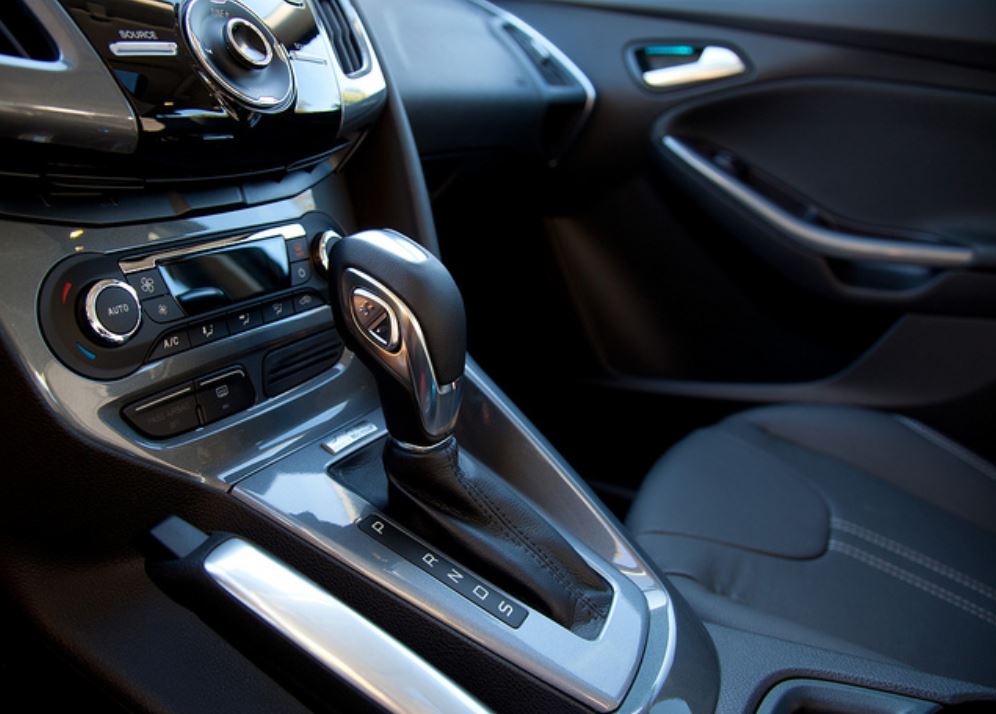How to Get a Smoother Ride With These DIY Car Hacks
2016.03.12
Unless you are used to compete in rally stages, chances are, you may have your morning commute disturbed by a harsh approach your car is taking against bumps and creaks found on the road. Weird engine and transmission noises add up to the equation as well. Having a smooth ride doesn’t necessarily mean you have to get a high-end air suspension right away. Check out below for a list of do it yourself car hacks which will smoothen the way your car feels and drives on a daily basis.
On the other hand, over tightening can deteriorate the metal of lug nut which is also risky.Arm yourself with patience, take a torque wrench, and tight the all loose lug nuts. A torque wrench is a tool which helps to tight the lug nuts properly. If you are the kind of person regularly changing, replacing or upgrading your vehicle, you might have forgotten about a small nut and that’s where the noise has its source.
Replacing your car’s motor oil and installing a new oil filter to keep the oil debris-free may highly improve the sound and overall performance of your car. Check your vehicle’s service manual to find out what the appropriate oil change interval, usually measured in miles ran from the car.
If your car’s engine is well lubricated by failing to deliver enough power to the wheels (for example, it lacks acceleration), then it may not breathe properly. The air filter is responsible for keeping away any dust particles from getting into the injection system, endangering the engine. However, after a while the filter gets clogged, not allowing enough air to pass through, basically suffocating the engine Changing your air filter may prove to be ultimate booster for your car.
One last car filter you should inspect is the fuel filter, usually located on the back end of the vehicle, close to the gas tank. Similar to the air filter, it stops fuel residues from reaching the injectors, otherwise clogging them. When the fuel filter becomes worn out, its pores doesn’t act as required, most of the time limiting the amount of fuel reaching the engine. Replacing it is rather cheap and the process can be done in any garage with one or two wrenches and a flat screwdriver.
An underinflated tire will overheat the rubber compound and decrease driving smoothness while in the same time lowering the life expectancy of the rubber. Over-inflating will cause loss of vehicle handling and also provide a bumpier ride than normal.
Check your tire pressure at a local service unit and make sure it stays within the numbers printed on the side wall of the rubber, just above the rim.

Most of the time, this issue is caused by worn brake pads. While they’re fairly cheap and easy to replace if you are the handyman type, brake pads are often forgotten about because, well… they are out of your sight when either getting inside, getting out of or driving your car.
Due to various conditions, brake pads may not wear evenly over the contact surface, thus developing vibrations as mentioned above. Lift your vehicle with a jack, take one wheel off at a time and have a look at your brake pads. It is possible to check their state even without removing them from the caliper, avoiding extra work if not needed.
Don’t try to be cheap when acquiring new brake pads. They are almost the single element which may intervene to stop your car from crashing, and secondly, low quality brake pads degrade faster than OEM products, resulting in a higher long term maintenance cost.

The reason behind this is scientifically simple: the air-fuel mixture inside the combustion room of the engine provides more kinetic energy when compressed at a certain temperature, usually around 80 or 90 degrees Celsius. In order to ensure your car won’t run like a grumpy old man for the first few kilometers, start the engine and let it idle for 5 to 10 minutes, until the engine temperature indicator reaches the middle of the gauge. It may take a bit longer to warm up during the winter, but it will ensure you can drive safely and obtain a relatively better fuel economy by doing so.
Tie any loose ends
Can’t you figure out what that rumbling noise resonating every time you take a corner or driver over a bump? Chances are, during changing the damaged car tire, lug nuts of the wheel may have not been tightened enough or it has loosened over time. Leaving a loose lug nuts is too risky.On the other hand, over tightening can deteriorate the metal of lug nut which is also risky.Arm yourself with patience, take a torque wrench, and tight the all loose lug nuts. A torque wrench is a tool which helps to tight the lug nuts properly. If you are the kind of person regularly changing, replacing or upgrading your vehicle, you might have forgotten about a small nut and that’s where the noise has its source.
Replace oil and filters
Many times the rugged engine noises are due to improper lubrication of the pistons inside the engine block. Pistons use specially designed oil to create a greasy surface between the cylinder and the walls of the engine block, thus ensuring a smooth stroke while the engine is running. After being used for quite a while, the oil inside the engine gets worn and starts losing its lubricating properties, causing the cylinder to touch and sometimes even scratch against the block walls.Replacing your car’s motor oil and installing a new oil filter to keep the oil debris-free may highly improve the sound and overall performance of your car. Check your vehicle’s service manual to find out what the appropriate oil change interval, usually measured in miles ran from the car.
If your car’s engine is well lubricated by failing to deliver enough power to the wheels (for example, it lacks acceleration), then it may not breathe properly. The air filter is responsible for keeping away any dust particles from getting into the injection system, endangering the engine. However, after a while the filter gets clogged, not allowing enough air to pass through, basically suffocating the engine Changing your air filter may prove to be ultimate booster for your car.
One last car filter you should inspect is the fuel filter, usually located on the back end of the vehicle, close to the gas tank. Similar to the air filter, it stops fuel residues from reaching the injectors, otherwise clogging them. When the fuel filter becomes worn out, its pores doesn’t act as required, most of the time limiting the amount of fuel reaching the engine. Replacing it is rather cheap and the process can be done in any garage with one or two wrenches and a flat screwdriver.
Check tire pressure
As amazing as it may seem, your car comes in contact with the road through only four small diameter patches: the ones created by the tires. Although at first tires don’t seem to feature any maintenance other than replacing when worn, proper inflation is a critical element many drivers underestimate or forget about completely.An underinflated tire will overheat the rubber compound and decrease driving smoothness while in the same time lowering the life expectancy of the rubber. Over-inflating will cause loss of vehicle handling and also provide a bumpier ride than normal.
Check your tire pressure at a local service unit and make sure it stays within the numbers printed on the side wall of the rubber, just above the rim.
Brake investigation
Does it feel like you are about to lose control of the wheel while braking even slightly? Does the steering wheel vibrate randomly when decelerating? A trembling steering wheel is not just uncomfortable for long rides, but it may also present a life-threatening risk.Most of the time, this issue is caused by worn brake pads. While they’re fairly cheap and easy to replace if you are the handyman type, brake pads are often forgotten about because, well… they are out of your sight when either getting inside, getting out of or driving your car.
Due to various conditions, brake pads may not wear evenly over the contact surface, thus developing vibrations as mentioned above. Lift your vehicle with a jack, take one wheel off at a time and have a look at your brake pads. It is possible to check their state even without removing them from the caliper, avoiding extra work if not needed.
Don’t try to be cheap when acquiring new brake pads. They are almost the single element which may intervene to stop your car from crashing, and secondly, low quality brake pads degrade faster than OEM products, resulting in a higher long term maintenance cost.
Warm up before driving
Just like athletes warm up every time before training or participating in an event, it is highly recommended to allow your car a few minutes to reach optimum temperature before heading to work or whatever your destination may be.The reason behind this is scientifically simple: the air-fuel mixture inside the combustion room of the engine provides more kinetic energy when compressed at a certain temperature, usually around 80 or 90 degrees Celsius. In order to ensure your car won’t run like a grumpy old man for the first few kilometers, start the engine and let it idle for 5 to 10 minutes, until the engine temperature indicator reaches the middle of the gauge. It may take a bit longer to warm up during the winter, but it will ensure you can drive safely and obtain a relatively better fuel economy by doing so.
Conclusion
As you can see, there are a few simple do it yourself hacks that, once applied to your vehicle, will allow it to run smoother and gain more power on the way. Most of these require little to no investment and all the tasks can be performed at home with just a little skill. It may be difficult the first time, but it is worth the try.More Articles
Copyright © Fooyoh.com All rights reserved.